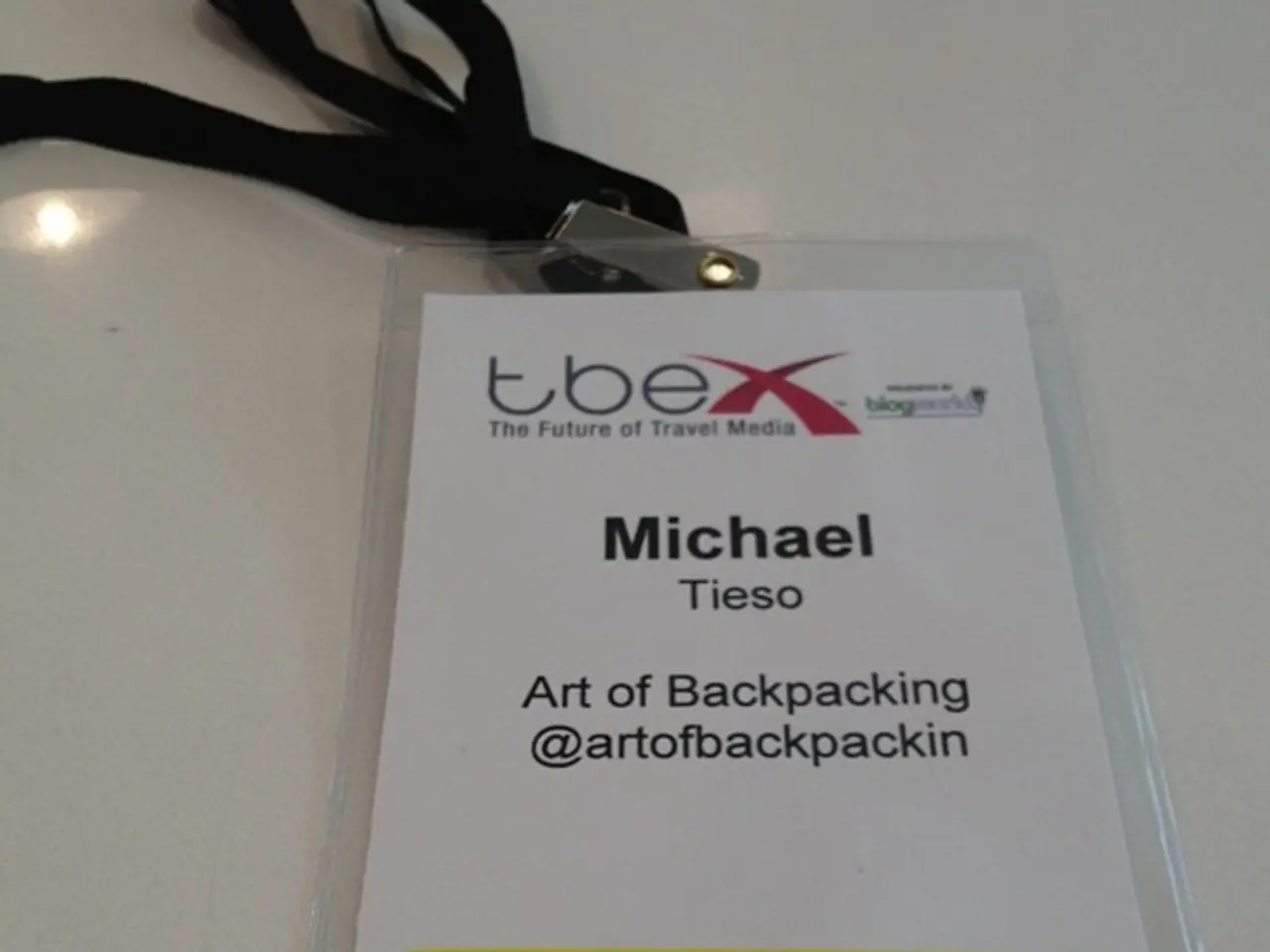Strategies for Utilizing AI for Travel Arrangements: Successes, Failures, and Proven Methods for Optimal Outcomes
================================================================
The advent of Artificial Intelligence (AI) has revolutionised many aspects of our lives, and travel planning is no exception. AI tools can offer a wealth of benefits, from predicting the best times to book flights and hotels to generating tailored itineraries. However, it's essential to approach AI use with a discerning eye to ensure a smooth and enjoyable travel experience.
To make the most of AI for travel planning, follow these best practices:
- Be specific with your questions and input: Provide detailed information such as travel dates, destinations, interests, and budget. This helps AI tools like Trip Planner AI generate tailored itineraries including timings, routes, points of interest, and relevant logistics like driving or walking times.
- Double-check all AI-generated information: AI can provide helpful recommendations quickly, but its data may sometimes be outdated or inaccurate. Verifying details through official websites, recent traveler reviews, or trusted sources is essential to avoid surprises.
- Mix AI suggestions with personal research: Use AI-generated itineraries as a starting point, then supplement and refine them with your own research for deeper insights, personalized preferences, or last-minute updates that AI might miss.
- Use multiple AI tools and platforms: Different AI tools excel in various areas—some focus on itinerary building (Trip Planner AI), others offer integrated browsing and booking features (Sigma Browser). Combining these tools can streamline planning while giving access to a broader range of features and data.
- Consider paying for premium versions for a better experience: Many AI travel tools offer free basic features but unlock detailed itineraries, collaboration, budget tracking, or booking integration in their paid tiers. Premium versions often provide enhanced accuracy, customization, and time-saving benefits worth the investment for serious planners.
There are several AI tools available to assist with travel planning. Hopper, for instance, is a free AI tool that predicts the best times to book flights and hotels based on historical data. TripIt is an AI-powered travel organizer that keeps all trip details in one place and offers real-time alerts for flight changes, driving directions, and weather updates. Ask KAYAK is another free AI travel planning tool that helps discover vacation options based on budget, travel dates, and interests.
It's important to remember that while AI can be a valuable resource, it's not infallible. Flights can get canceled, attractions can suddenly close, and some "hidden gems" might be tourist traps. Therefore, it's recommended to do additional research before relying solely on AI for travel planning.
Google's AI tools, including Search, Google Flights, Gemini, and Claude, aid in trip planning by providing AI overviews, real-time travel tips, and personalized recommendations. ChatGPT is a versatile tool for brainstorming trip ideas or building personalized itineraries, but its data stops at September 2021.
For specific results, be sure to ask detailed questions rather than broad ones. AI tools like ChatGPT, TripIt, and Hopper suggest flights, predict price drops, recommend hotels, and map out daily itineraries. TripIt Pro, a premium upgrade of TripIt, includes country-specific information, check-in reminders, an alternate flight finder, and more benefits.
In essence, the most effective approach is to leverage AI for its speed and convenience, while maintaining vigilant fact-checking and combining AI insights with your own research and multiple tools for a more comprehensive and reliable travel plan. Premium plans can enhance the experience but are optional depending on your needs. The customer support team at the website is available 24/7, holidays and weekends included, to assist with any travel-related issues or questions.
- Using Trip Planner AI, create a tailored itinerary with driving or walking times, routes, points of interest, and logistics for an upcoming vacation, using specific travel dates, destinations, interests, and budget.
- Compare flight prices from Hopper and check the best times to book flights based on historical data for my travel plan.
- Verify all AI-generated itinerary details through official websites, recent traveler reviews, or trusted sources to avoid surprises during my travel.
- Combine the AI tools TripIt, Hopper, and ChatGPT for a more comprehensive and reliable travel plan by utilizing TripIt's travel organizing features, Hopper's flight price prediction, and ChatGPT's trip idea brainstorming.
- Upgrade to TripIt Pro for a premium travel planning experience that includes country-specific information, check-in reminders, an alternate flight finder, and more benefits to ensure a smooth and enjoyable vacation.




